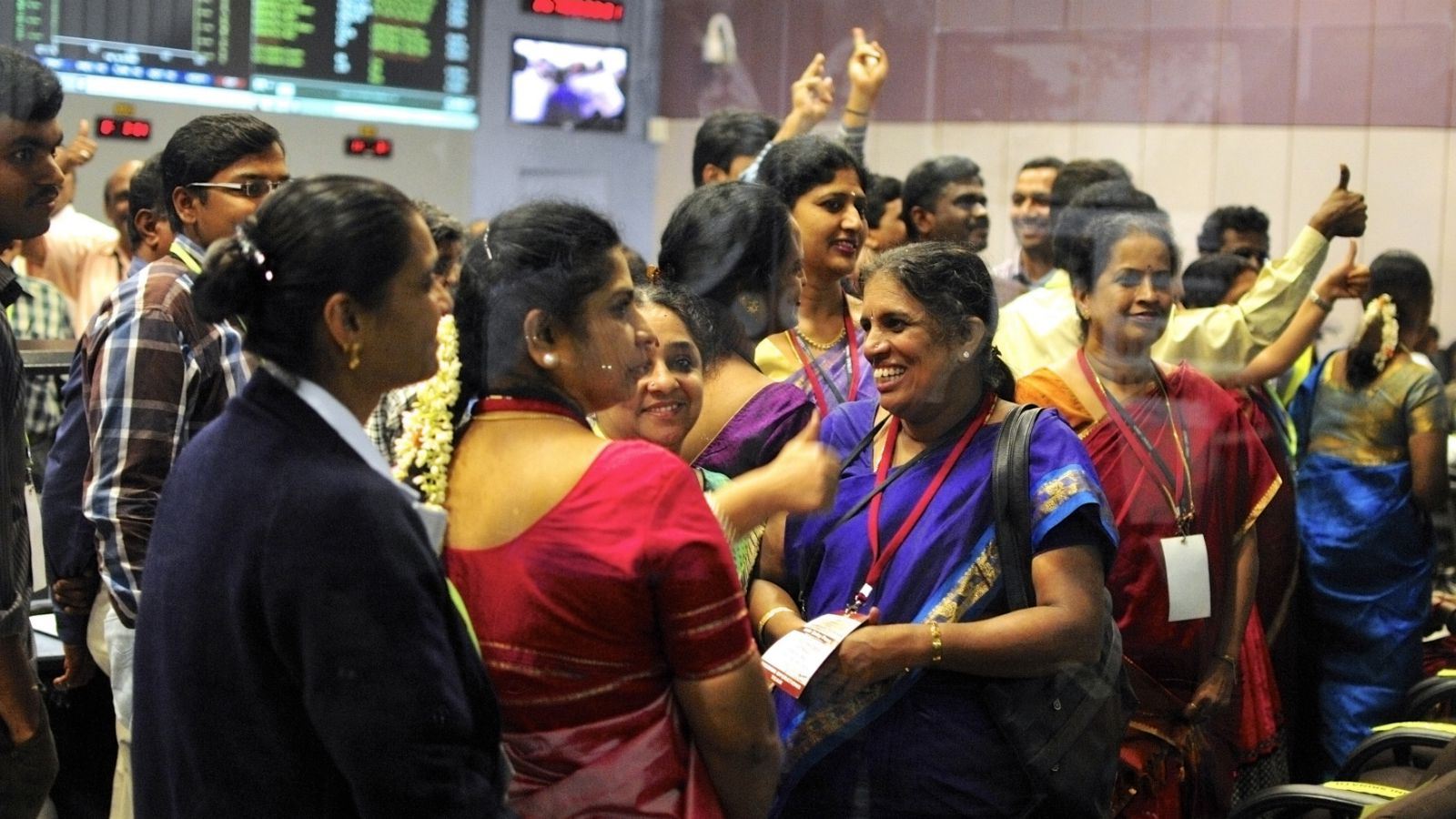The face of India’s space program has always been a man.

While smaller than other programmes—at NASA, for instance, about20% of all engineers are women—Indian women space scientists have risen to prominence in recent years.
In 2011, the launch and deployment of the GSAT-12, a communication satellite, washelmed by three women scientists at ISRO: Project director T.K. Anuradha, mission director Pramodha Hegde and operations director Anuradha Prakasham.
“The feeling is like delivering a baby,” Anuradha, perhaps the first woman to head such an ISRO project, told a newspaper after the launch.
Then, in 2012, N. Valarmathi led the launch of RISAT-1, a radar imaging satellite, sparking celebrations in a small Tamil Nadu town of Ariyalur, where she spent her childhood.
And at ISRO, the 500 scientists who worked on the agency’s Mars Orbiter Mission also include women like Minal Sampath, a systems engineer.
“I forget I am a woman sometimes, working in such an organization,” she told the BBC earlier this year. “Maybe it’s because we spend a lot of time working in clean rooms with full suits on, so you can’t tell who is male or female.”
WRITTEN BY





 Hi I’m Catherine, founder of Wine Women And Chocolate. Want to become a contributor for Wine, Women & Chocolate? Interested in sharing your unique perspective to a group of supportive, like-minded women?
Hi I’m Catherine, founder of Wine Women And Chocolate. Want to become a contributor for Wine, Women & Chocolate? Interested in sharing your unique perspective to a group of supportive, like-minded women?